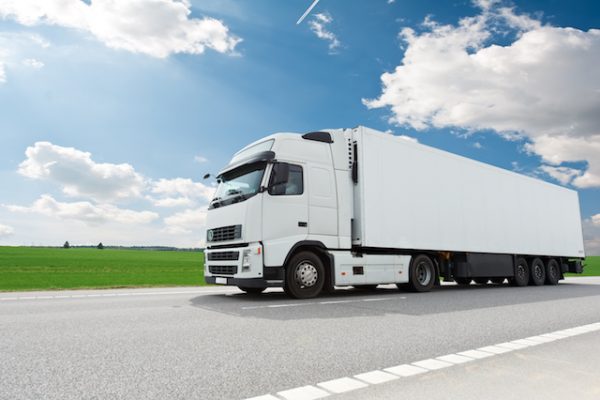HGV drivers are vital to a functioning economy. They ensure that goods are transported across regions, nations and continents – helping to keep the wheels of business turning. The role of an HGV driver is a demanding one and it’s a profession that not many people would be able to handle in the long term. Outsiders may view HGV driving as a relatively safe and secure job, but the reality is far from that. What are some of the main risks that HGV drivers face on a daily basis?

Poor driving conditions
As with any motoring activity, road conditions determine the level of risk that drivers face when they get behind the wheel. These risks are more serious when you’re driving a vehicle that weighs at least a few tons. Poor driving conditions such as fog, heavy rain, snow and ice increase the risk of a collision or loss of control. HGV drivers are skilled when it comes to handling such large vehicles but it doesn’t mean they are accident-proof.
Heavy machinery and vehicles
Simply being around HGVs is a dangerous task, even when you’re not behind the wheel. Heavy machinery is often used to load and unload trucks too – adding another dimension to safety checks and awareness. Drivers should always have protective work gloves to hand as well as other safety items and basic tools to make repairs if necessary.
Tiredness
HGV drivers frequently drive for long periods and this can increase the risk of a loss of concentration due to tiredness. In line with UK law, drivers can only drive for a certain amount of time without taking a break. Furthermore, they must have an uninterrupted break of at least 11 hours between shifts to allow them to get the rest they require. These measures are to ensure that professional HGV drivers aren’t a safety risk to themselves or other road users. However, tiredness can still be an issue no matter how long they rest.
Isolation
Driving alone for days or even weeks at a time can lead to isolation issues for haulage drivers. Many have their own ways to stay entertained and engaged during their journeys, but isolation can take its toll on drivers in the long term. Employer support should be offered where possible to ensure that driver welfare is being looked after and that any concerns are being raised or highlighted accordingly.
Long term health
The long-term health of drivers is another risk that many have to contend with. A lack of movement and exercise, as well as poor diet and air quality, can increase the risks of serious and long-term illness. Health inequalities in the transport sector have been the subject of various studies, with driver welfare being recognised as a serious cause for concern.
What To Do If You Get Hurt At Work As A HGV Driver
If you suffer an injury while working as a HGV driver, then the first step is to seek medical attention. Once you have, you can explore your legal options and see how you can go about getting the compensation you deserve and
implementing necessary changes in your workplace. Talk to Mooneerams, who specialise in no win, no fee personal injury claims and can help you to find out more about the legal options you have and how to get the process started. Being a HGV driver is a rewarding role, but it can also be highly dangerous if your company doesn’t work to promote safety in its working practices. This list explores the biggest safety risks for HGV drivers and what you can to do prevent them or deal with them.


.gif?rand=8277)










